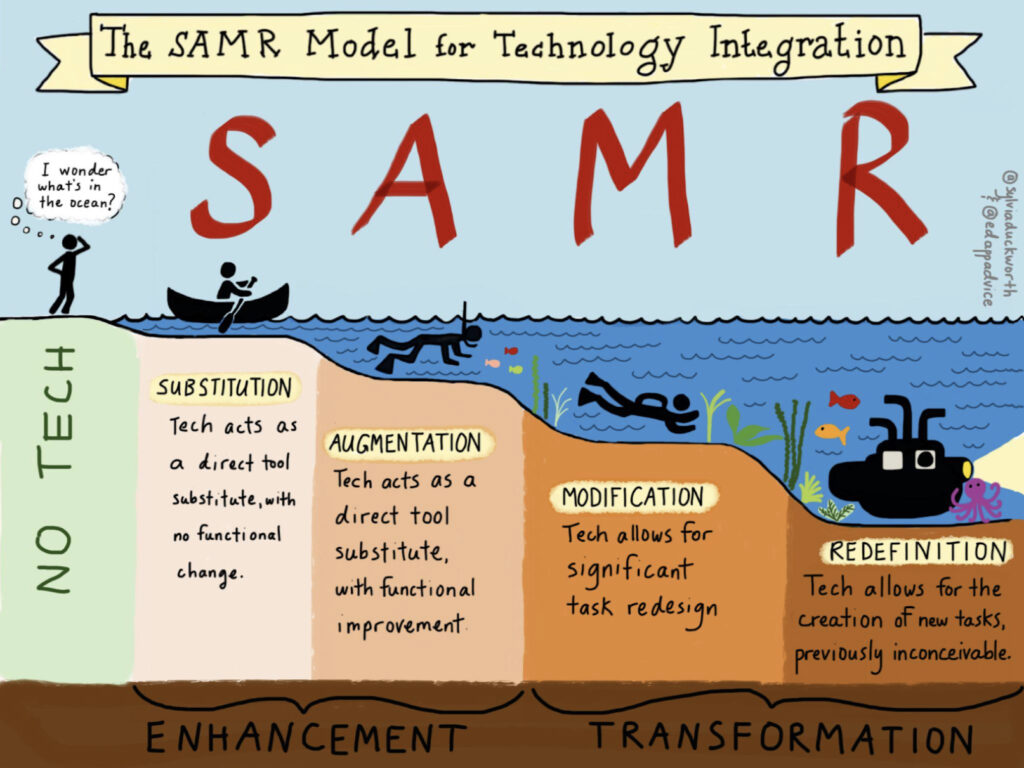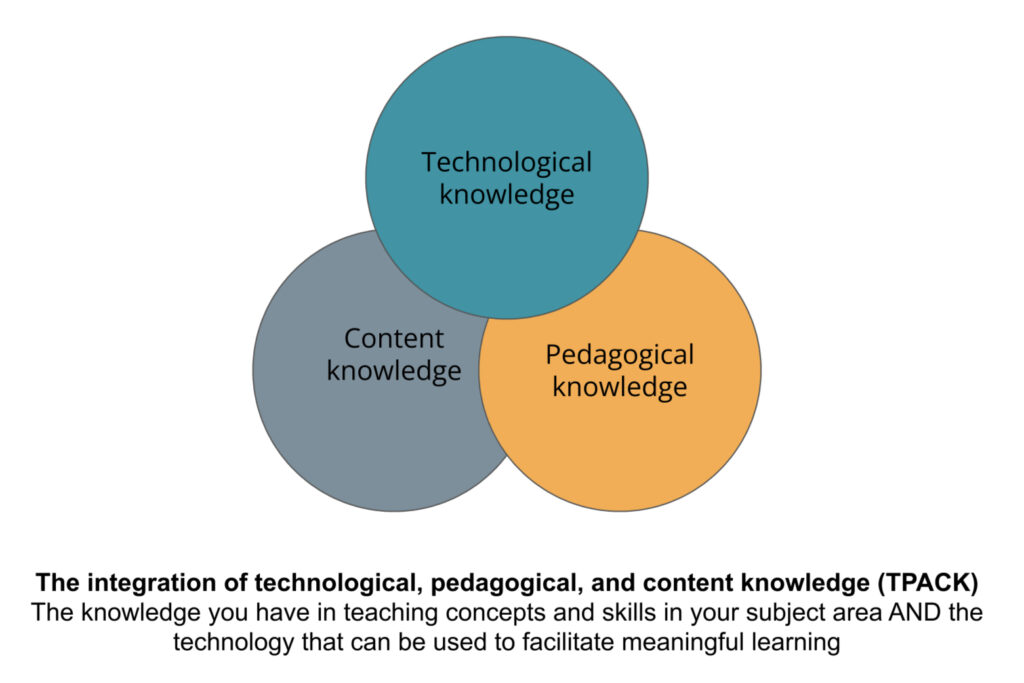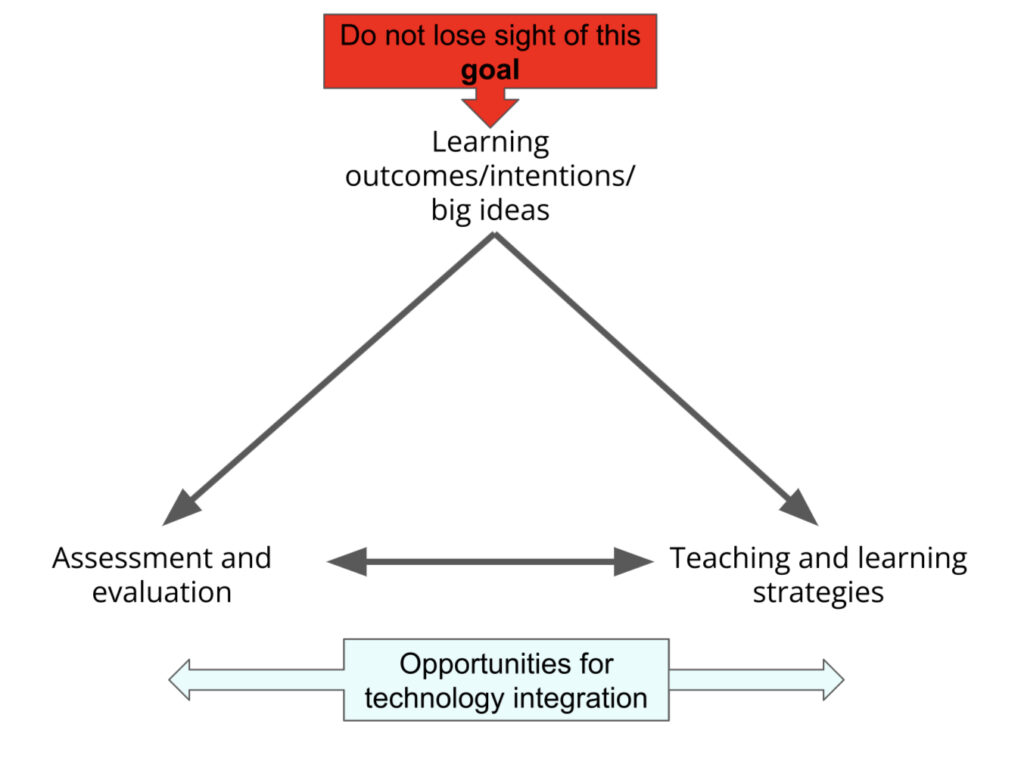I had a moment to be incredibly thankful for technology this week. Writing a research paper with both the UVic Libraries online resources and Google search bar on hand was … so much faster.
As much as I love roaming the library and picking up random books, technology has cut down hugely the amount of time a spend looking for resources. I can only imagine running an inquiry-based classroom where I as the teacher (“the expert”) am the most accessible resource the students have.
But Google is certainly not the only change to the classroom that comes with technology! In class, we discussed different technology integration models used in classrooms, and each can be used for different purposes.
SAMR: How does tech expand or change what is possible in teaching and learning? This stands for:
SUBSTITUTION: eg. move a writing activity onto computer–same activity, new medium.
AUGMENTATION: eg.when writing, easier to erase text and rewrite, restructure writing; warning to self to be intentional about these changes.
MODIFICATION: eg. modify the act of writing.
REDEFINITION: eg. making a podcast instead of writing a paper.

TPACK framework: how do you combine knowledge of content and pedagogy in a meaningful way with edu tech?
Technological Pedagogical And Content Knowledge
Content Knowledge – The what (your knowledge about the topics and subjects that you teach)
Pedagogical Knowledge – The how (your knowledge of the art and science of teaching and learning)
[These combined = you know how to teach your subject with the appropriate approaches]
Technological knowledge – (you knowledge about the tools and technologies appropriate and meaningful for learning and teaching)

Constructive Alignment; how do you integrate tech to align learning, teaching approaches, and ax to create meaningful learning experiences?
The big idea is to “Always design for learning”; the “learning outcomes/intentions/big ideas” are always central as they dictate how you teach and assess or measure the learning, and between these two are the opportunities for technological integration. This image sums up the relationship:

This was a good reminder that no matter what cool tech you find, the teacher must always ensure that it is supporting learning to achieve the learning goals. It is way too easy to just throw in neat tech without thinking about the “WHY.” But when it all comes together …


